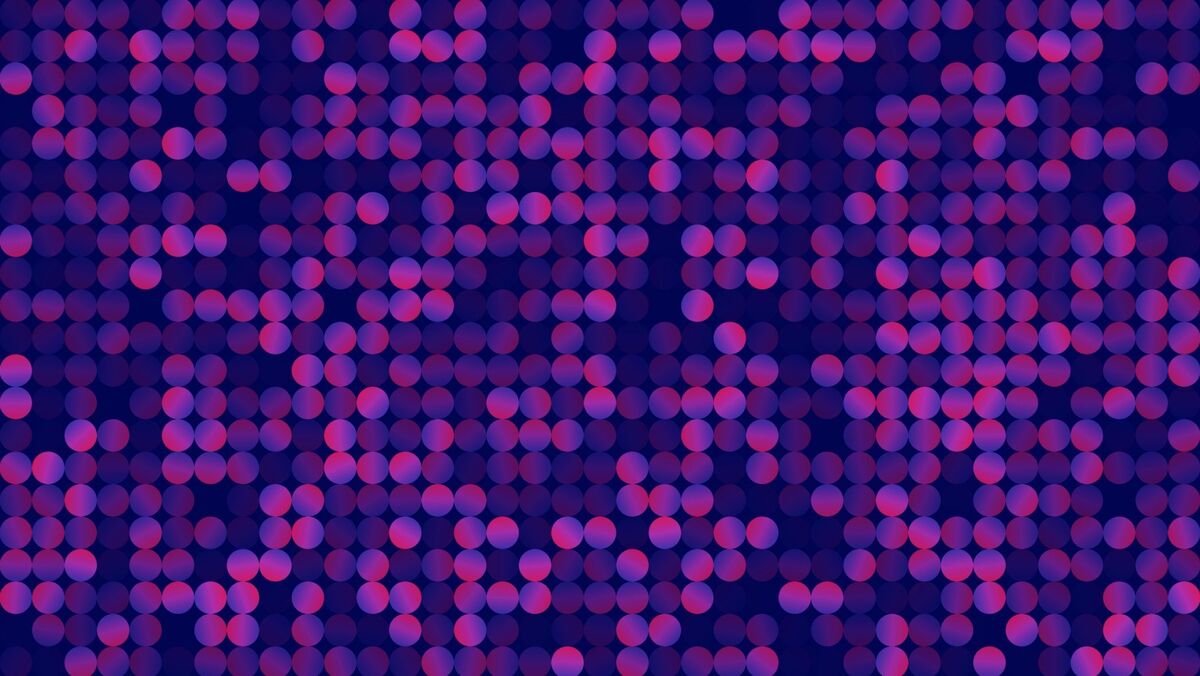Clarissa's story: Marfan Syndrome
Clarissa is a practicing occupational therapist with social services and a member of the Access Review Committee for Genomics England. She was diagnosed with Marfan Syndrome at 11 years old, but only received a genetic diagnosis 10 years later in the 100,000 Genomes Project.

About Marfan Syndrome
Marfan Syndrome is a connective tissue disorder than can have a ranging severity of symptoms, usually affecting the skeleton, eyes, or cardiovascular system.
Around 1 in 5,000 people
have Marfan Syndrome
3/4 of people with Marfan Syndrome
inherit it from a parent
Clarissa’s story
When Clarissa’s mum read about Marfan Syndrome in the paper, she thought the symptoms sounded familiar. The tall height, slim build and back pain reminded her not just of herself, but also of her daughter.
Clarissa and her mum visited the GP, but soon realised there would be lots of hoops to jump through to get a diagnosis. Then, almost a year after the initial doctors’ appointment, Clarissa finally got a clinical diagnosis for Marfan Syndrome at 11 years old.
Marfan syndrome is a connective tissue disorder than can have a ranging severity of symptoms, usually affecting the skeleton, eyes, or cardiovascular system.
Clarissa said; “In people with Marfan syndrome, their connective tissue doesn’t have what it needs to support their muscles and bones. Lots of people with it have scoliosis or random joint dislocations. It can also cause eye problems, for example detached retinas, but the most severe symptoms are usually to do with the heart or spine”.
Living with Marfan Syndrome
Following her diagnosis, Clarissa had to make small lifestyle changes, such as not doing strenuous exercise and getting regular echocardiograms to check her heart.
One of these echocardiograms revealed that she had an aortic root aneurysm, meaning part of her aorta had become weak and bulged out, potentially becoming fatal if it had ruptured.
Clarissa said; “I had no symptoms of an aortic root aneurysm, but thanks to the annual echocardiograms we managed to find it. I was able to get corrective surgery, and now I take medication to prevent aortic root growth.
I only got these echocardiograms because of my clinical diagnosis, so really that saved my life.”
In addition to problems with her heart, Clarissa also has dural ectasia, meaning the spaces between the vertebrae in her spine are breaking down, causing pain and potential neurological problems. Clarissa said;
“My back pain can flare up and become really bad, sometimes it lasts for months. And even when it’s not there, I feel as if I’m living in fear for when it might return. I also have ongoing fatigue. Everything feels harder when your connective tissue can’t support you like it’s supposed to.”
Finding the cause
Clarissa had numerous genetic tests to try find the cause for her Marfan syndrome, but they all came back negative.
When her genetic counsellor told her about the 100,000 Genomes Project, Clarissa was eager to join, but still doubtful that she would receive an answer.
When her genomic data was first analysed through the project, no genetic cause was found. However, in 2022, 10 years after her initial diagnosis of Marfan Syndrome, Clarissa received the news that a genetic cause had been found.
She said; “A group of researchers were studying a type of genetic change called inversions. They found that my Marfan Syndrome was caused by an inversion in my FBN1 gene, leading to problems with my connective tissue.”
How can whole genome sequencing impact people like Clarissa?
Even though a genetic diagnosis didn’t impact Clarissa’s treatment pathway, it did still have an impact on her life. She said; “Getting the diagnosis was very emotional for me. I felt relief about having a sure answer, but it also meant that my son, who was 3 years old at the time, could get tested too, and he has the same genetic diagnosis.”
Having a genetic diagnosis for Clarissa’s son allows her and her family to be more proactive about his condition. He now has regular echocardiograms, just like Clarissa, and various adaptations have been made for him at school.
Clarissa said; “I’m in a Facebook group of people with Marfan Syndrome, lots of people say that they’re going to the GP but still not getting a clinical diagnosis or a referral. I think that whole genome sequencing should be available to more families, because getting a diagnosis can really make a difference.”